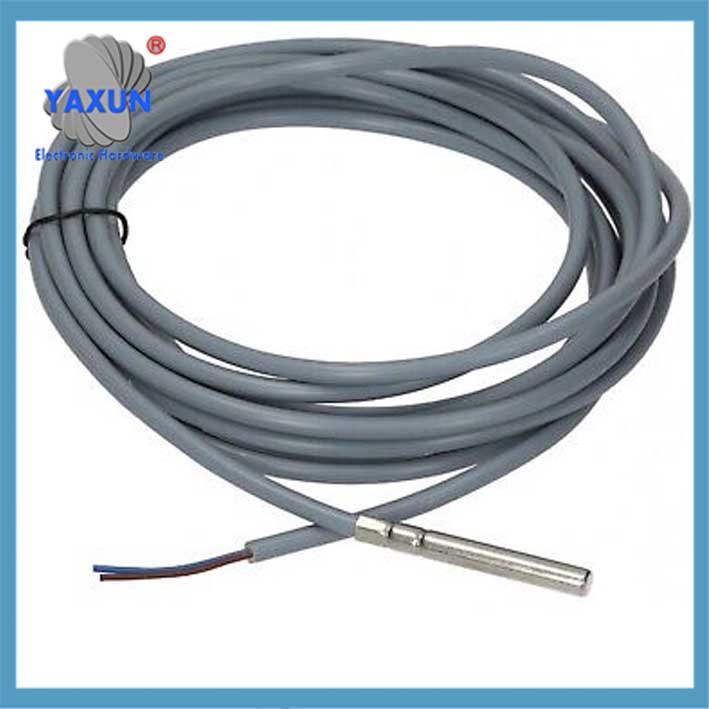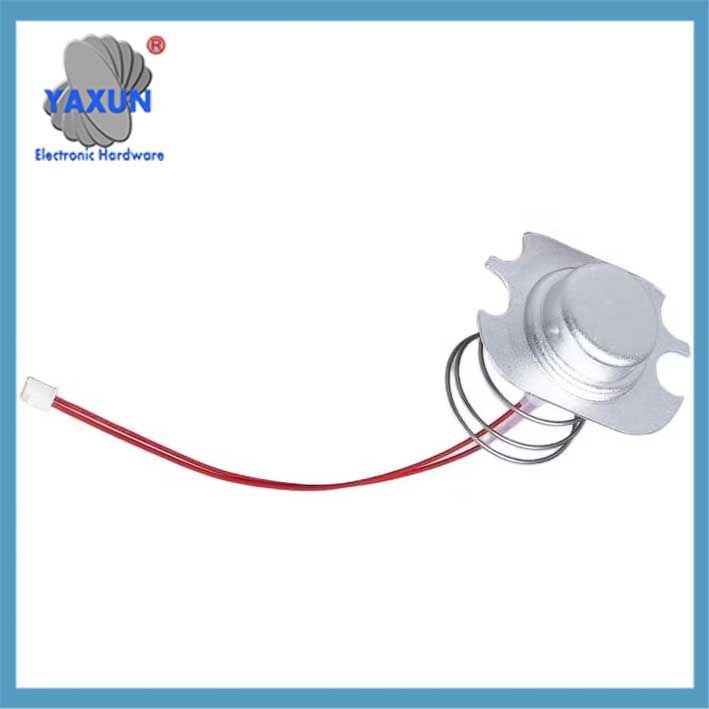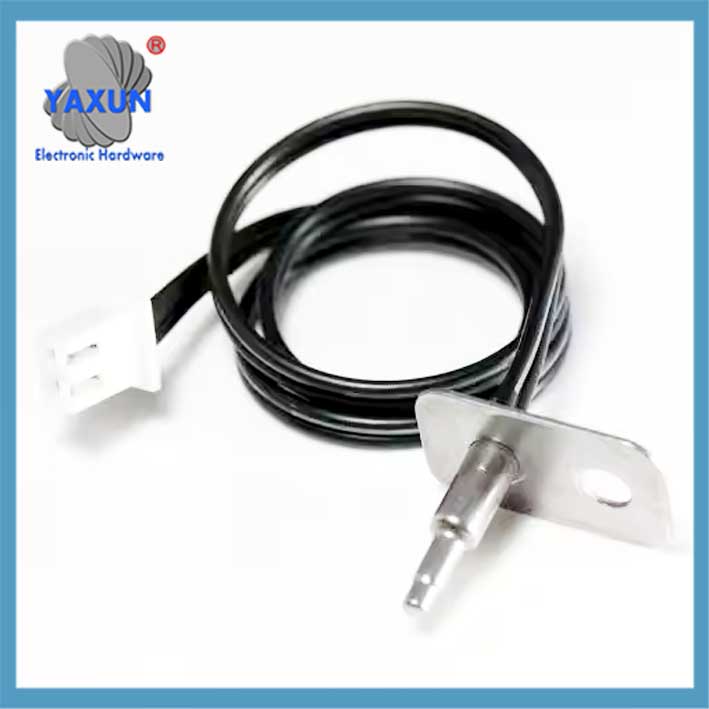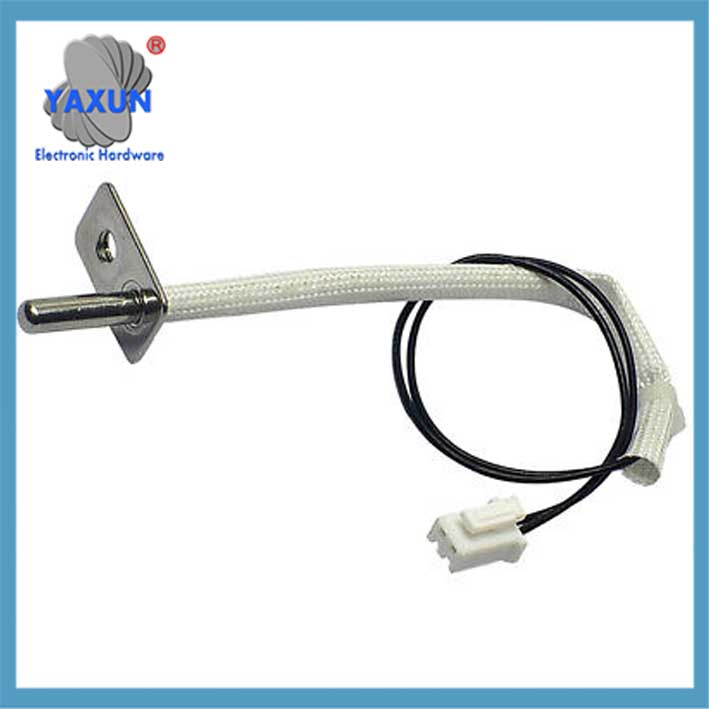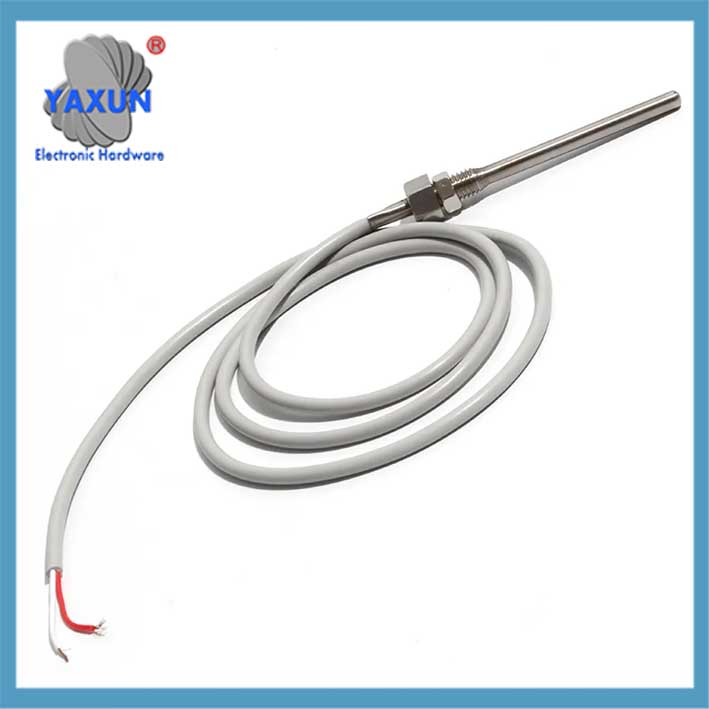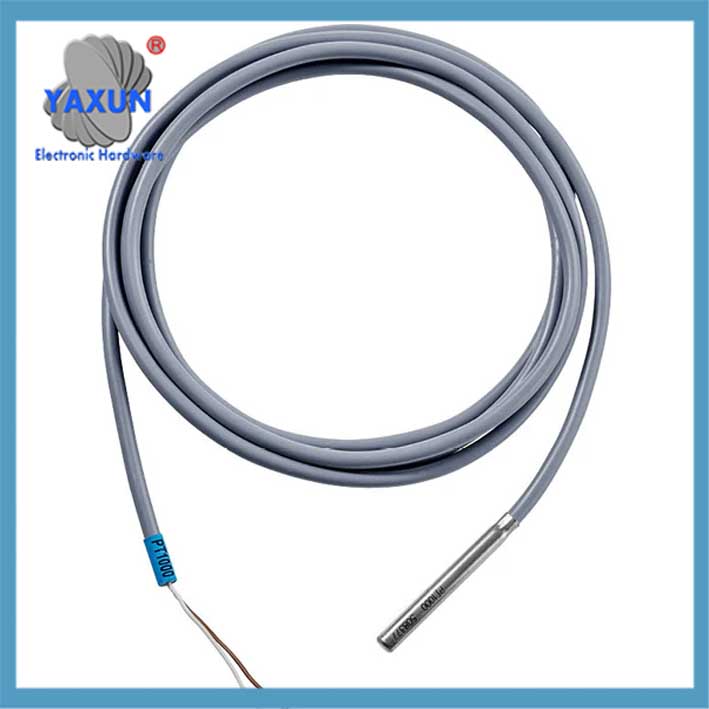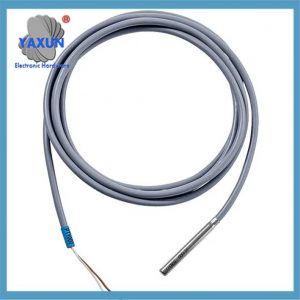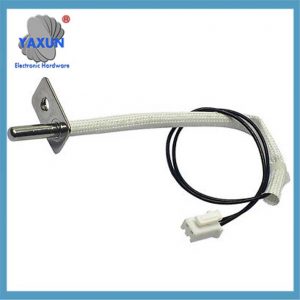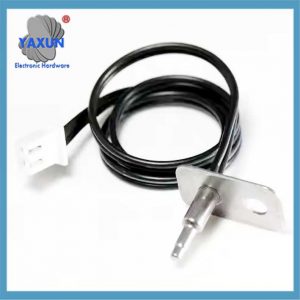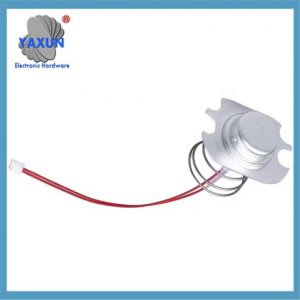Categorías de Producto
- Disyuntor térmico 20
- Portafusibles 36
- Sensor de temperatura 67
- Interruptor térmico 64
- Fusible del coche 19
- Fusibles atornillados 7
- fusible térmico 32
- fusibles de montaje en superficie 12
- termistor 22
- Portafusibles de montaje en PCB 27
- Arnés de cableado 6
- Portafusibles de cuchilla 17
- termostato 46
- Fusible eléctrico 14
Etiquetas de productos
Mensajes recientes
Sensor de temperatura para electrodomésticos
Yaxun tiene una variedad de productos de sensores ya utilizados en electrodomésticos en diferentes escenarios, Proporcionar soluciones de sensores sistemáticas para electrodomésticos inteligentes. Estos sensores traducen la temperatura en datos, habilitar un control y monitoreo precisos para aplicaciones que van desde procesos industriales hasta dispositivos domésticos inteligentes.
Temperature sensors are sensing devices that detect and measure the heat and coldness used in electrical appliances and convert them into electrical signals. Hay muchos tipos de sensores de temperatura., which are mainly divided into four categories: thermocouple sensors, thermistor sensors, resistance temperature detectors and IC temperature sensors. Entre ellos, IC temperature sensors include analog output and digital output.
What are some examples of temperature sensors being used in daily life?
Temperature sensors have many applications in life, como:
En el campo automotriz, temperature sensors are used to detect engine temperature, temperatura de los gases de admisión, temperatura del agua de refrigeración, temperatura del combustible, temperatura catalítica, etc.. to ensure the performance and safety of the car.
En electrodomésticos, temperature sensors are used to control the water temperature of washing machines, las temperaturas de enfriamiento de refrigeradores y aires acondicionados, the heating temperatures of microwave ovens and sterilizing cupboards, etc., to improve the efficiency and comfort of appliances.
en medicina, temperature sensors are used to measure the body temperature of the human body, la temperatura de almacenamiento y transporte de medicamentos, the operating temperature of medical equipment, etc., to ensure the accuracy and safety of medical treatment.
In the construction industry, temperature sensors are used to monitor temperature changes during the condensation and hardening process of concrete to prevent cracks and structural damage.
One of the applications of importance is: En el campo automotriz, the engine intake air temperature sensor (IAT) is a common NTC thermistor sensor that is used to measure the temperature of the air or gas mixture entering the engine cylinder. This parameter plays an important role in calculating the air-fuel ratio, fuel injection volume, ignition time, etc., and affects the engine’s power output, fuel consumption, emissions and other performance indicators. If there is a fault or error in the IAT sensor, it may cause engine vibration, knocking, misfire, power loss and other problems. Por lo tanto, the IAT sensor is very important for the normal operation of the car.
What types of temperature sensors are there and how do they work?
There are several types of temperature sensors:
Thermocouple sensor: Uses the thermal electromotive force generated at the junction of two different metals to measure temperature. This phenomenon is called the Seebeck effect. It has a wide temperature range and a simple structure, but its accuracy is low and requires cold end compensation.
Thermistor sensor: uses the resistance of semiconductor materials to change with temperature to measure temperature. It has high sensitivity and fast response speed, but has poor linearity and is affected by the self-heating effect.
Detector de temperatura de resistencia (IDT): Uses the resistance of pure metal to change with temperature to measure temperature. This phenomenon is called the resistance effect. It has high precision, good linearity and strong stability, but it has high price and large thermal inertia.
IC temperature sensor: uses components or structures in an integrated circuit to measure temperature. This phenomenon is called the PTAT effect. The output signal can be analog or digital, and has the advantages of small size, low power consumption, and easy interface.
Infrared temperature sensor: uses the infrared rays radiated by an object to measure its surface temperature, which is a non-contact temperature measurement method. This phenomenon is called the blackbody radiation effect. Suitable for moving objects, high temperature objects or objects that are difficult to reach.
What are the packaging forms of temperature sensors?
The packaging forms of temperature sensors are as follows:
Ordinary metal straight tube package temperature sensor: This type of temperature sensor package is mostly used in simple installation environments. According to the measured temperature range, it is divided into high temperature temperature sensor, medium temperature or ordinary temperature sensor and low temperature temperature sensor. The high temperature measurement temperature can reach the long-term operating temperature of 400°C, and the low temperature temperature range can reach -200°C.
Threaded package temperature sensor: This kind of temperature sensor is mostly used in environments where a fixed temperature sensor is required. The threads used are basically standard threads. Select the size of the thread according to the temperature sensor installation location.
Flange-mounted large temperature sensor: This type of temperature sensor is mostly used on large pipelines or equipment.
Wall-mounted temperature sensor: This kind of temperature sensor is mostly used indoors or in cabinets. It is simple to install and has a display screen that can also be read on site.
Temperature sensor with various plugs at the end: This kind of temperature sensor can be installed with various plugs at the end for convenient installation, eliminating the trouble of wiring, plug and play.
IC packaged digital temperature measurement chip: This temperature sensor uses components or structures in an integrated circuit to measure temperature. The output signal is digital and has the advantages of small size, low power consumption, and easy interface.
What aspects should be considered when choosing a temperature sensor?
When choosing a temperature sensor, you should consider the following aspects:
Linear range: Por ejemplo, whether the measured object is solid, liquid or gas, stationary or moving, large or small, high or low temperature, easy to contact or difficult to contact, etc.. These characteristics will affect the type, structure, tamaño, material and installation method of the temperature sensor.
Estabilidad, response time: Por ejemplo, whether the measurement method is contact or non-contact, whether the measurement requirements are recording, alarming, or automatic control, whether long-distance measurement and transmission are required, etc.. These requirements will affect the output signal, exactitud, stability, response speed and linearity of the temperature sensor.
Sensibilidad: Por ejemplo, whether the working environment is indoors or outdoors, whether there are strong electromagnetic interference, presión alta, alta humedad, high corrosion and other harsh conditions. These conditions will affect the durability, anti-interference ability, protection level and safety of the temperature sensor.
Cost and benefit: Por ejemplo, the price, lifespan, maintenance cost and use effect of the temperature sensor, etc.. These factors will affect the economy and reliability of temperature sensors.
Contáctenos
Esperando tu email, le responderemos dentro de 12 horas con la valiosa información que necesitabas.
 English
English العربية
العربية Български
Български 粤语
粤语 中文(简体)
中文(简体) 中文(漢字)
中文(漢字) Nederlands
Nederlands Suomi
Suomi Français
Français Deutsch
Deutsch Ελληνικά
Ελληνικά Magyar
Magyar Italiano
Italiano 日本語
日本語 한국어
한국어 Polski
Polski Português
Português Română
Română Русский
Русский Slovenščina
Slovenščina Español
Español Svenska
Svenska ภาษาไทย
ภาษาไทย Türkçe
Türkçe Tiếng Việt
Tiếng Việt
